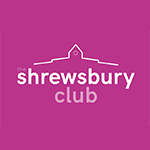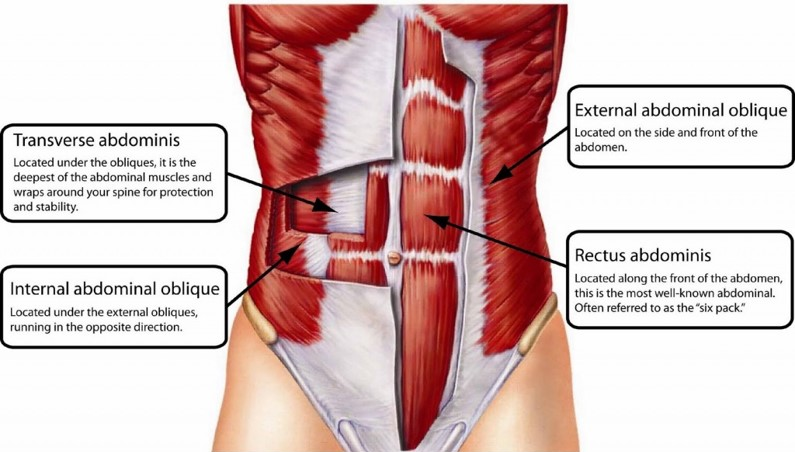
Published: 22 October 2016
Joe Brocklehurst October Blog
I’m going to start by giving you a definition of the ‘muscles of the core' and tell you which muscles this involves, going on to explain how you can get your core working.
Core training can be defined as ‘The muscles that move, support and stabilise your spine and play a central role in maintaining posture.’
Think of your core as the foundation of all movements within the body. It enables your upper and lower body to move by transmitting force to them, whilst stabilising your spine, pelvis, and ribcage. Due to modern life and work being very static this can lead to the core muscles becoming inactive. We sometimes loose the ability to engage our core, which means other muscles become overactive to compensate, this will lead to muscle imbalances and eventually injury.
The benefits of having a good core are listed below:
· Better posture
· Increased protection of your spine
· Improved balance and co-ordination
· Improved power and speed
The core consists of more muscles than you may think, they can be divided into the muscles at the front of the body and the muscles at the back of the body. The muscles shown in the diagram above are thought to be the main muscles of the core, the pelvic floor and hip flexors are also part of this front group. The muscles at the back of the bodies core consist of the erector spinae, multifidus, quadratus lumborum, and the three gluteus muscles.
Your core has to be mobile as well as strong, this is important to remember as it’s an essential part of optimal movement. But before mobility work is considered you need to make sure you can brace your core, this will allow you to keep your core engaged throughout the day. Once you’ve mastered the technique of bracing your core you’ll be able to increase or decrease the amount of tension you hold, depending on the activities you’re carrying out.
To make sure you’re core’s braced you need to follow these steps:
Stand with your feet parallel, shoulder width apart and directly under your hips.
Engage your glutes (in other words squeeze you bum), this will help pull your hip back into a neutral position.
Take a deep breath in through your diaphragm (belly), whilst keeping your glutes engaged.
As you breath out pull tension throughout your torso, this will hold your centre in a braced position.
Turn your hands out so that you’re externally rotating your arms and shoulders.
Bring your head up and back so that it’s over the centre of your shoulders and body.
Hold this position for 20 to 30 seconds, with relaxed breathing.
When following the above sequence try to stay relaxed and only use as much tension as is required to maintain the braced position, you don’t want to be tensing up. You may need to practice this for quite some time before it feels natural and part of your everyday life and movement patterns, but don’t give up because it’s worth it in the long run.
Once you’re able to keep your core braced you can start translating this into your exercise routine, it will make walking, running, and exercise in general feel a lot easier. This is because you’re keeping a strong kinetic chain and less energy is lost from compensatory movements patterns which lead to fatigue and injury. You’ll be able to generate more power when pushing off the ground and move more efficiently with your hips, shoulders, and extremities.
Thank you for taking your time to read this blog and I hope you’ve found it useful, if you have any questions please let me know.
Joe Brocklehurst
Sports Therapist BSc
www.jb-sportstherapy.co.uk
07532012188

Published: 22 October 2016